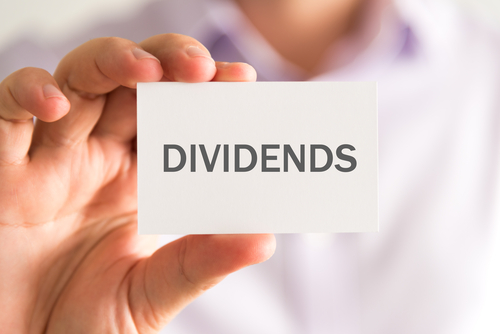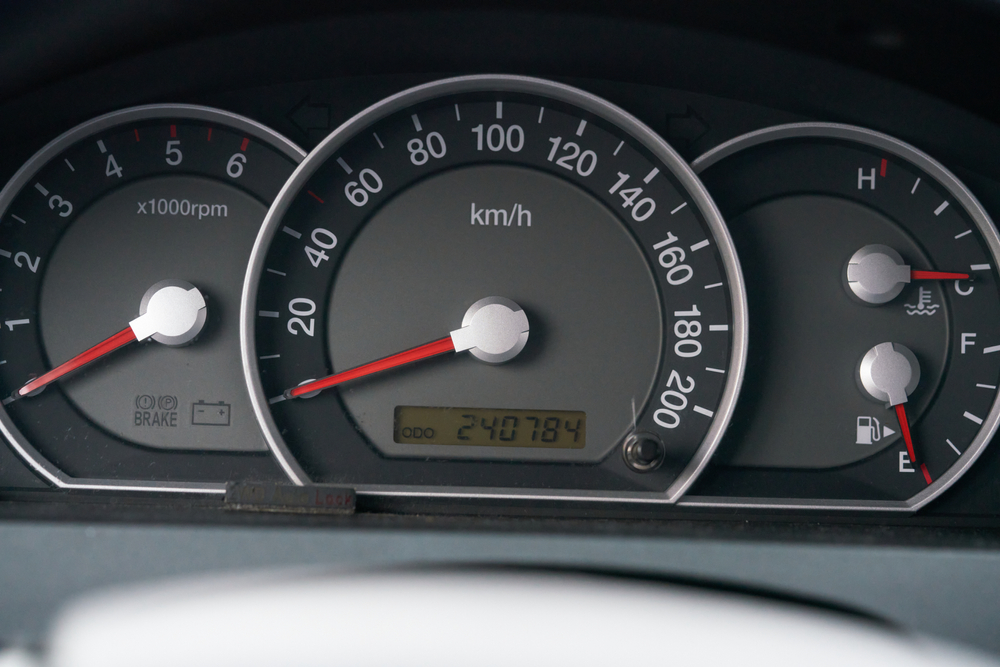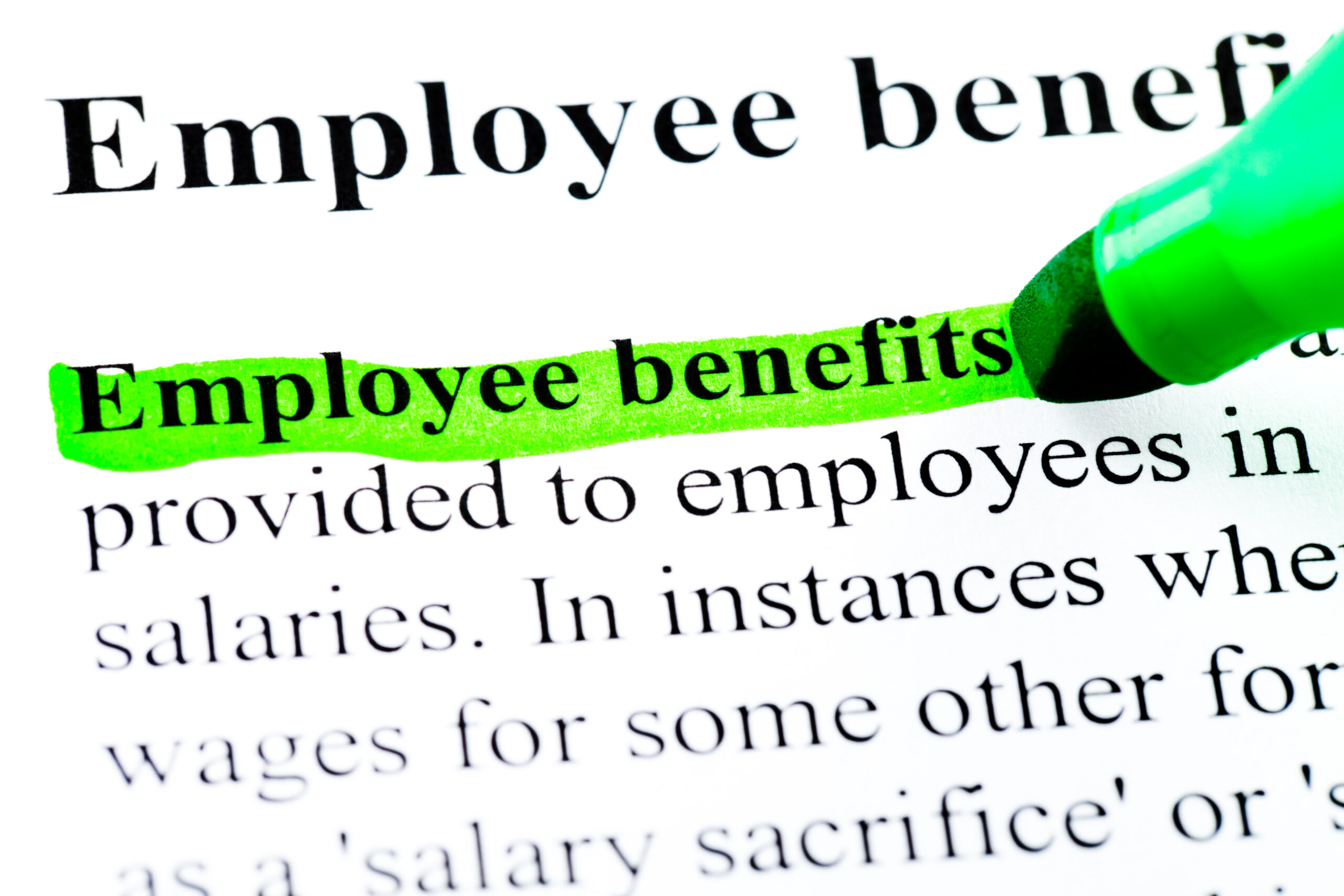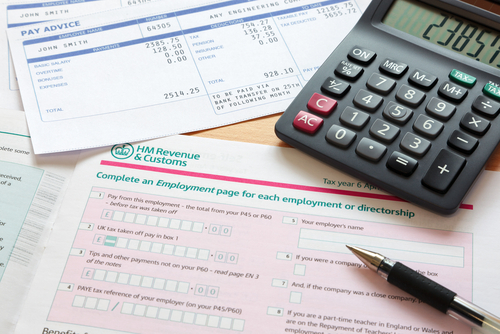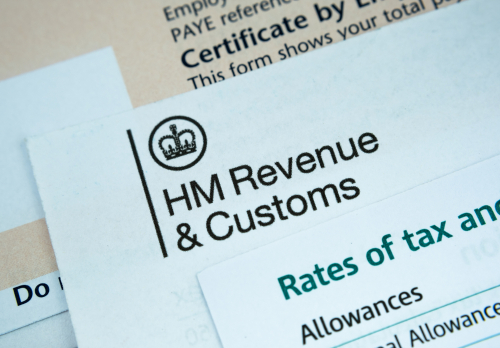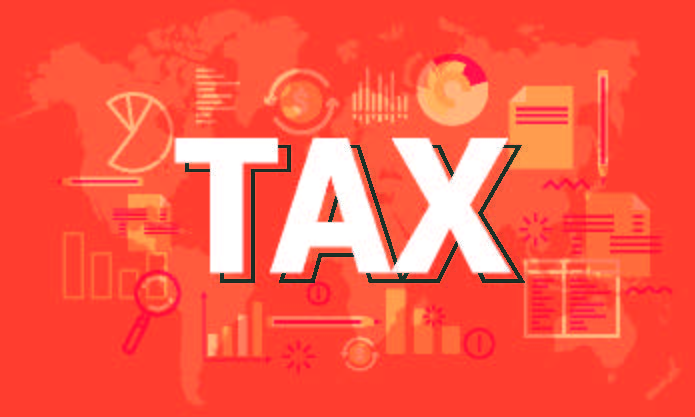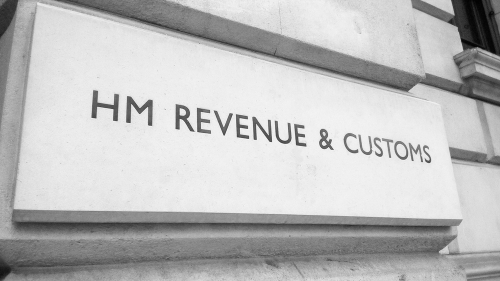
If you have a company that is dormant and you have filed your company tax return showing that no tax is due, you may think that there is nothing further you need to do as regards the lack of corporation tax due. After all, you have filed a return which shows that you have nothing to pay.
However, that may not be the end of the story. You may receive a letter from HMRC reminding you when the corporation tax for the period is due. The letter will also inform you that if you do not owe any corporation tax, you should tell HMRC as soon as possible. Arguably, you have already done this by filing your return and corporation tax computation. The letter advises that if you do not tell HMRC that no corporation tax is due, you will continue to receive reminders about paying.
To tell HMRC that no corporation tax is due, and put a stop to payment reminder letters, you need to visit the Gov.uk website at www.gov.uk/pay-corporation-tax and select ‘tell HMRC no amount is due’. It is then simply a case of clicking on the ‘nil to pay form’ and entering your 17-digit corporation tax reference, which can be found on the letter. This will be your 10-digit unique taxpayer reference for your company, plus additional digits and letters which indicate the period in question, for example, 1234005678A00101A. It is important that this is entered correctly.
When is a company dormant?
Your company may be dormant if it is not trading and has no other income, for example, from investments. It may also be dormant if it is a new company which has yet to start trading. If you think your company is dormant, you can tell HMRC online (see www.gov.uk/tell-hmrc-your-company-is-dormant-for-corporation-tax). If you cannot use the online form, you can also tell HMRC by post or by phone.
If you have had a notice to deliver a company tax return, you will need to do this. This will show HMRC that your company is dormant. Once you have told HMRC that your company is dormant, you will not need to file further company tax returns unless you receive a notice to file.
HMRC may also write to you to tell you that they have decided to treat your company as dormant and that you don’t have to pay corporation tax or file company tax returns.
However, you must continue to file confirmation statements and accounts with Companies House. If your company qualifies as ‘small’, you can file dormant company accounts. A company is regarded as dormant by Companies House if there are no significant financial transactions in the year. Filing fees paid to Companies House, penalties for late filing of accounts or money paid for shares when the company was incorporated do not count as significant transactions.
